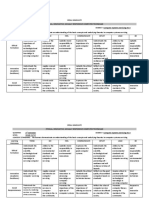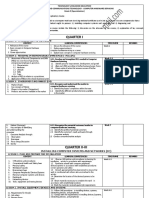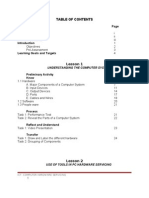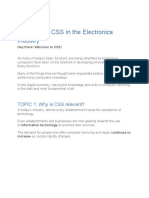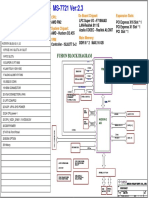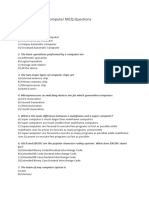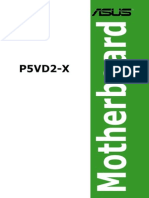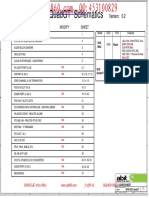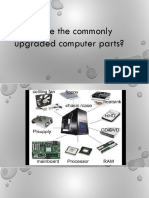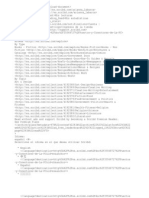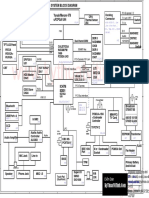0% found this document useful (0 votes)
44 views4 pagesSHS Course Syllabus Grade12
The document outlines the specialized subject syllabus for Grade 12 ICT - Computer Systems Servicing at Immaculate Conception School of Guiuan for the 2025-2026 school year. It details the course structure, learning standards, performance tasks, and grading system, emphasizing hands-on skills in assembling, maintaining, and troubleshooting computer systems. The syllabus also includes a performance task scenario where students act as freelance technicians to demonstrate their competencies in a real-world context.
Uploaded by
sachidana.cabelCopyright
© © All Rights Reserved
We take content rights seriously. If you suspect this is your content, claim it here.
Available Formats
Download as DOCX, PDF, TXT or read online on Scribd
0% found this document useful (0 votes)
44 views4 pagesSHS Course Syllabus Grade12
The document outlines the specialized subject syllabus for Grade 12 ICT - Computer Systems Servicing at Immaculate Conception School of Guiuan for the 2025-2026 school year. It details the course structure, learning standards, performance tasks, and grading system, emphasizing hands-on skills in assembling, maintaining, and troubleshooting computer systems. The syllabus also includes a performance task scenario where students act as freelance technicians to demonstrate their competencies in a real-world context.
Uploaded by
sachidana.cabelCopyright
© © All Rights Reserved
We take content rights seriously. If you suspect this is your content, claim it here.
Available Formats
Download as DOCX, PDF, TXT or read online on Scribd
/ 4

